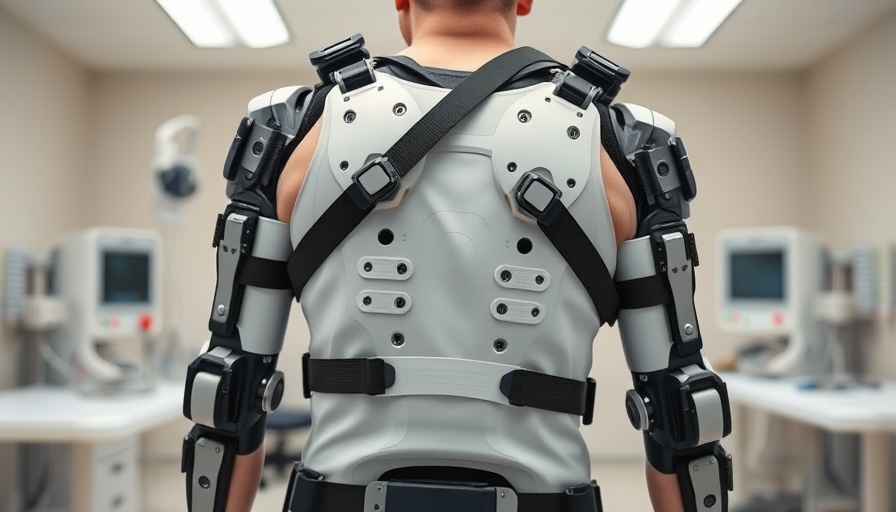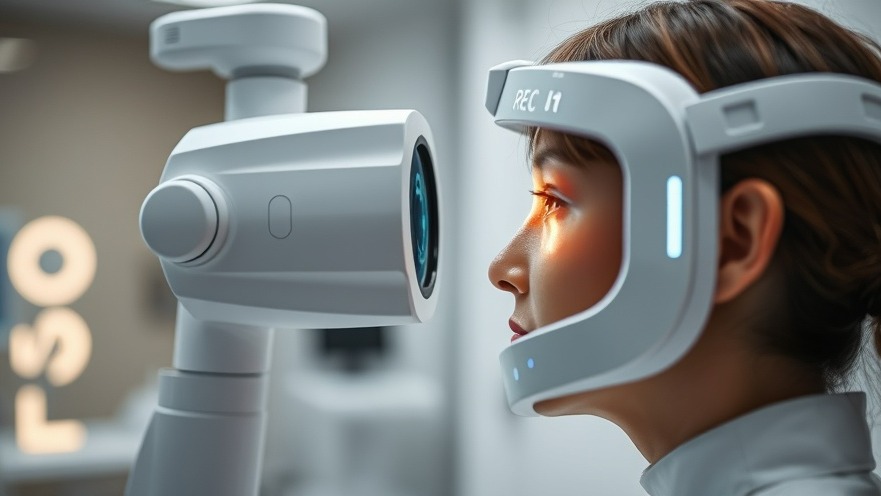
Revolutionizing Rehabilitation for Stroke and ALS Patients
Wearable robots have emerged as a groundbreaking technology in rehabilitation, especially for patients suffering from stroke and Amyotrophic Lateral Sclerosis (ALS). Recent advancements have led to the development of wearable robotic devices that can adapt to individual arm movement patterns. This customization is crucial for delivering effective therapy tailored to the specific needs of each patient, thereby enhancing recovery outcomes.
The Technology Behind Adaptable Robots
The wearable robot operates using sensors that analyze the user’s arm movements in real time. By capturing the nuances of how a patient moves, this technology can create a personalized rehabilitation regime. It integrates machine learning algorithms to continuously refine and adapt its functions, ensuring patients receive the support they need in their recovery journey.
Important Insights on Patient Engagement
One of the most significant benefits of this technology is its ability to keep patients engaged during their recovery. Traditional rehabilitation methods often lead to frustration due to their one-size-fits-all approach, which can demotivate users. In contrast, the adaptable wearable robot promotes a sense of agency, as patients see their specific movements reflected in the device’s responses. This aligns closely with research that shows engagement is a critical component of successful rehabilitation.
Impact on Healthcare Practices
For health practitioners, the introduction of wearable robotic technology means re-evaluating rehabilitation protocols. Concierge health providers eager to stay at the forefront of medical advancements can leverage this technology to offer enhanced care to their patients. By integrating wearable robots into rehabilitation programs, healthcare practices can differentiate themselves and position themselves as leaders in patient-centered care.
Future Predictions: The Next Frontier in Rehabilitation
As wearable technology continues to evolve, experts predict that robots will become increasingly sophisticated. Future developments may allow for deeper integration with patient-specific data, including health records and real-time analytics, maximizing the effectiveness of treatments. This could lead to a new era of personalized medicine where rehabilitation is not just about recovery but also about optimizing functional capabilities.
Counterarguments: Challenges to Consider
Despite the promise of wearable robots, there are challenges and controversies to address. For instance, the cost of such advanced technology can be prohibitive, potentially limiting access for some patients. Moreover, there may be concerns about reliance on technology instead of traditional therapy methods. Health practitioners must weigh these factors carefully when considering implementing such systems in their practices.
Actionable Insights: What Practitioners Can Do Now
To remain competitive and provide the best care possible, health practitioners should explore partnerships with tech developers and consider pilot programs for wearable robots. Additionally, ongoing education about the latest trends in rehabilitation technology is essential. Staying informed will not only benefit practitioners but also enhance patient outcomes significantly.
The Emotional Impact on Patients
Understanding the emotional aspect of rehabilitation is crucial. For stroke and ALS patients, regaining movement can be a powerful motivator. The introduction of wearable robots can restore hope and provide a tangible sense of progress, contributing positively to mental well-being. A personalized approach caters not just to physical needs but addresses the emotional journey of recovery.
Final Thoughts: Embracing the Future of Rehabilitation
As concierge health practitioners, your role is pivotal in adopting and advocating for technologies that can transform patient care. Embracing innovations like adaptable wearable robots represents a commitment to enhancing recovery processes and improving the quality of life for patients dealing with stroke and ALS. Keep a keen eye on emerging technologies for future implementations in your practice.
 Add Row
Add Row  Add
Add 




Write A Comment